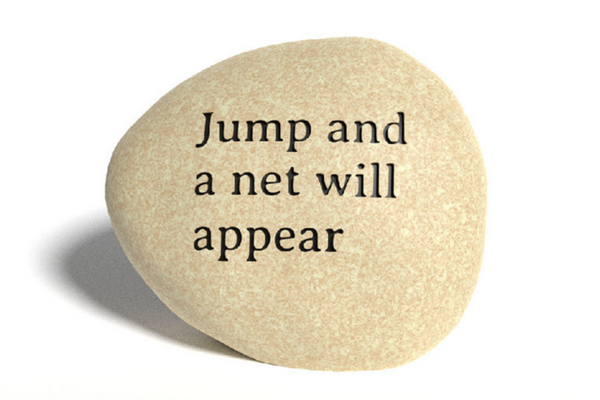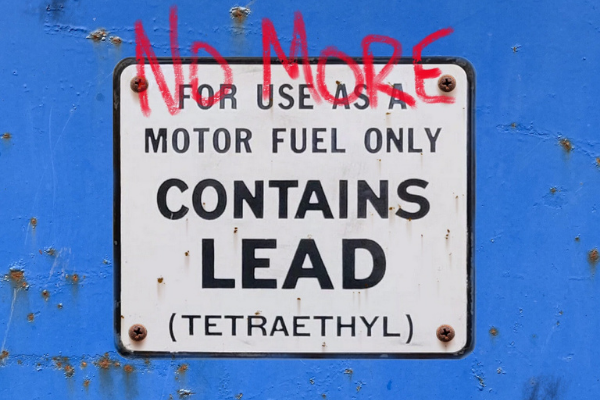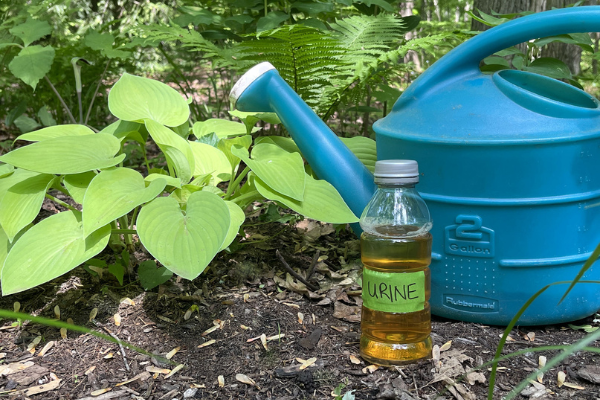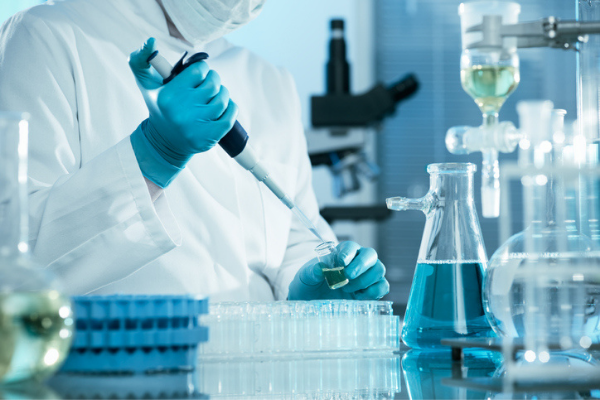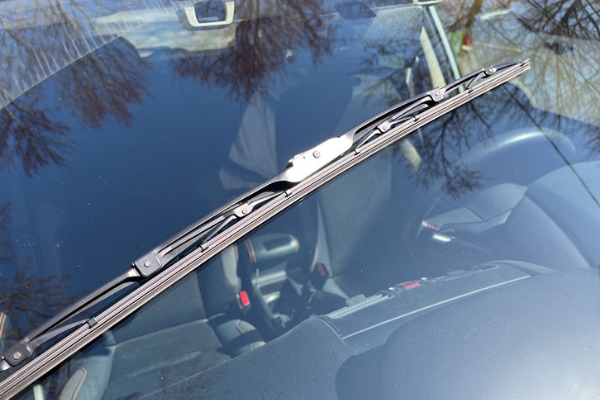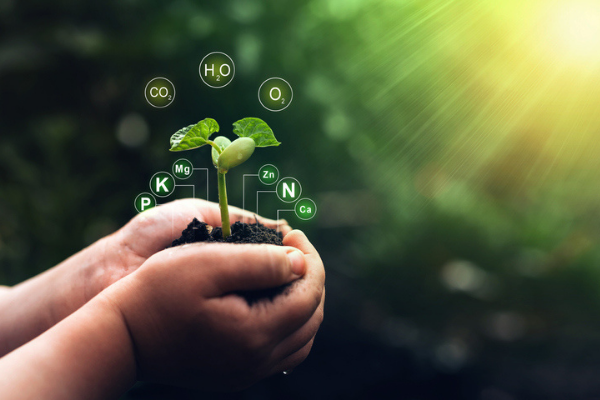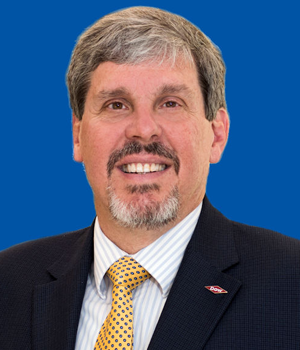
Mark Jones is a frequent speaker at a variety of industry events on industry related topics. He is a long-time supporter of ACS Industry Member Programs providing both written and webinar content, supporting the CTO Summits, and as a former member of Corporation Associates. He currently serves on the ACS Committee on Public Relations and Communications and the Chemical Heritage Landmark Committee. He is a member and former chair of the Chemical Sciences Roundtable, a standing roundtable of the National Academies of Sciences, Engineering, and Medicine. Mark is the author of over a dozen U.S. patents and numerous publications.
A past Father’s Day card, if memory serves, proclaimed I was one in a million. Recent data indicates I am more in the one in a thousand or one in ten thousand range, at least when it comes to COVID. I am a breakthrough COVID-19 case, fully vaccinated but tested positive for the virus.
I received my second Moderna dose in the second week of April, so I met the CDC fully vaccinated definition by the end of April. I tested positive for COVID-19 on May 30. The compiled CDC data indicates 10,262 confirmed breakthrough cases in 101 million fully vaccinated people. My local health department indicated I was the forty-sixth case out of over 41,000 fully vaccinated. I am rare, but not one in a million.
Return to our pre-pandemic lives beckons, yet the virus is still with us. Vaccinated doesn’t mean invincible. Vaccinated significantly reduces the chance you’ll become infected and reduces the severity if you become infected. The mRNA vaccines report over 94% efficacy in preventing COVID-19 in those without prior infection, the other approved vaccine a more modest 72%.
I misinterpreted what efficacy means. It is the reduction of those that would have taken ill without vaccination. Put another way, people vaccinated with the Moderna vaccine have a 94% lower risk of getting COVID-19 compared the unvaccinated. It does not mean 6% are susceptible and 94% protected, since not every exposure to the virus leads to infection in the unvaccinated. The actual chance of getting infected is much lower as the case data show.
There aren’t many takeaways in my story. I left Michigan with my fully vaccinated wife and fully vaccinated 86-year old mother for North Carolina’s Outer Banks. On the way, we picked up my partially vaccinated, post-COVID infected son in Washington, D.C. We stayed in a condo overlooking the beach. We went to restaurants once for breakfast and for six dinners. The four of us were together anytime I ventured into an enclosed space. My son departed on day four.
My sister joined us on the sixth day. We did not mask when in our condos around family. Masks were worn when out in enclosed spaces, except while actively eating. With the exception of restaurants, few, if any, encounters in enclosed spaces exceeded 15 minutes, the threshold for a close contact. On the seventh day, my wife and I departed for Washington, D.C. We stopped to visit friends in Virginia, visiting indoors for an extended period with three fully vaccinated people.
On the eighth day, I woke with a killer, splitting headache and a stuffy nose. I went to a clinic in Washington, D.C for a PCR test around noon. I felt much better the next day, Memorial Day. I was out for a walk in the city when the call came I tested positive. I isolated as much as possible in my son’s apartment and departed the next day by car for Michigan.
My wife and I wore masks in the car for the trip. I did not have contact with anyone for the duration of the ~650 mile trip, avoiding all enclosed spaces. Once home, I isolated for 10 days. On June 2, during isolation, I awoke with no ability to taste or smell. I never experienced a fever. Headaches would come and go, but were mild, nothing like the first day.
Now, three weeks since my positive test, there are some bright spots. No one in my family or among those I visited became ill. That is certainly a bright spot. My isolation is over, and I’ve resumed more normal life. Isolation included shunning the dog. He sure acts like isolation ending is a bright spot. My taste and smell are still gone. I now get occasional brief whiffs of strong smells. They are fleeting, but provide hope I will someday regain all five senses. Another bright spot. One last bright spot, I’ve dropped 8 pounds, thanks to the joy of eating largely being gone.
Many are asking whether I caught a variant. I don’t know. The CDC ceased sequencing all breakthrough cases on May 1. Available data show the vaccines are still effective against the variants. I am also asked where I think I got exposed. I can’t be certain. Exposure 4-5 days before symptom onset is most likely. That would put it somewhere in the Outer Banks.
The conclusion is vaccination significantly reduces your odds of getting COVID-19, odds that are likely reducing with each passing day. More people are vaccinated. More people are post-infection. The reservoir of active infections is reducing. If vaccinated, your chances of getting COVID are very slim, but they aren’t zero – as my experience illustrates. Fully vaccinated and being careful still got me infected. Vaccinated does not mean invincible.
The opinions expressed in this article are the author's own and do not necessarily reflect the view of their employer or the American Chemical Society.
Copyright 2022 American Chemical Society (All Rights Reserved)

